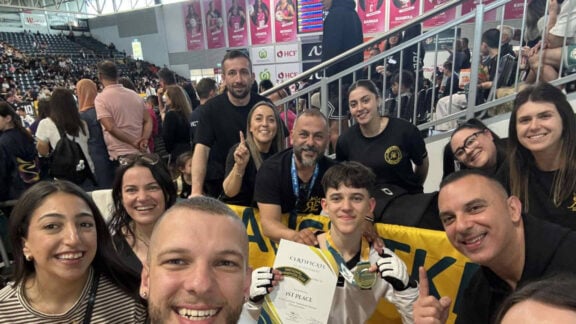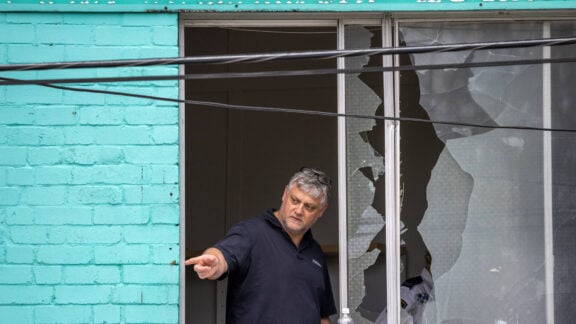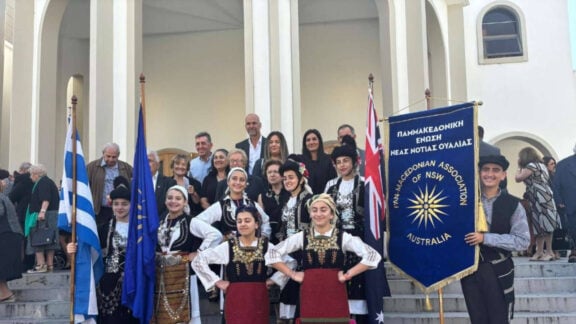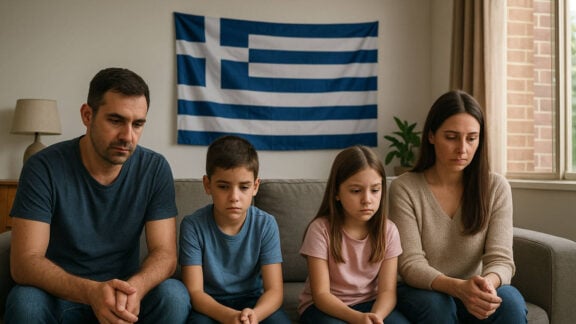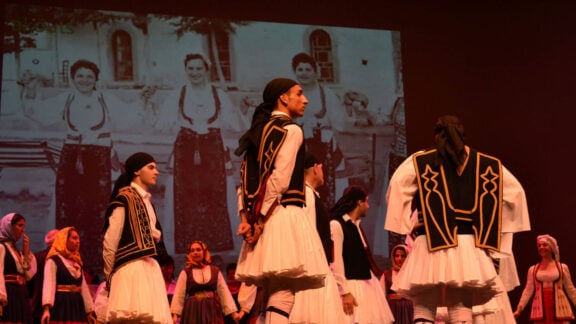2023 has been a remarkable year for the World Games in this country, and it’s important to celebrate the positives in the game.
The highlight was hosting the Women’s World Cup for the first time we made a massive statement to the world.
Australia is a renowned host of world-class sporting events, having hosted the Olympics twice and World Cups in Rugby Union and League on top of our annual hosting of major Tennis and Horse Racing events.
However, you need more preparation for the intensity and focus of the World Game. When you have the host team as a contender for the whole tournament, it’s an irresistible cocktail that explodes on our TVs, stadiums, pubs, and streets.
Gallant Matildas
Our gallant Matildas fell short in the semi-final with plenty of “what if “moments to stimulate conversations for years.
What if Sam Kerr hadn’t been injured for half the tournament? Would she have taken those half chances in the semi-final on top of her wonder goal? What if Ellie Carpenter took the old-fashioned British approach of “If in doubt, kick it out” instead of trying to navigate her way out of trouble in front of her own goal?
What if Gustavson took a beaten Hayley Raso and a very tired Katrina Gorrie off earlier for some fresh new talent?
Whilst there were plenty of ‘what if moments’ in the semi-final loss to England, the penalty win against European powerhouse France in the Quarter Finals will long live in our minds and hearts and captured the imagination of a nation creating superstars overnight for players that have played under much more humbling environments for most of their careers.
Having watched and observed Australian football for over 40 years, you understood we were experiencing history and code-changing behaviours during the Women’s World Cup.
I never thought I’d see the day a Triple M AFL footy commentary box full of AFL men jumping up and down in sheer joy after Cortnee Vine’s final deciding penalty hit the net.
After a stellar year, the Matildas have firmly launched themselves into the mainstream sports sphere and are undoubtedly one of Australia’s most-watched national sports teams.
Anyone thinking the bubble would burst post-World Cup should think again after a sell-out crowd at Optus stadium in Perth against Asian minnow Philippines, where the Matildas turned it on with style, racing to an 8-0 victory.
National Second Division launch
The next biggest story was the recent launch and announcement of eight clubs to be offered licenses in the new “National Second Division” to start in early 2025.
The announcement brings football fans in Australia one step closer to an official promotion and relegation system in the top tier. Three Victorian teams (Avondale, Preston Lions and South Melbourne) and five NSW teams (Marconi, Sydney United, Sydney Olympic, APIA and Wollongong) beat 18 other strong bidders nationwide.
After a promising start to the A-League all those years ago, the wrong act by the Lowy-led board to marginalise historical clubs that had a footprint in the code and its community for over 60 years was a short-sighted, narrow-minded strategy that set back and hurt the code.
The lifeblood of football is clubs, those that entertain in beautiful large stadiums, and those that play in small boutique grounds that offer a cauldron of passion and atmosphere and deep links to their local communities. All have roles in the game, providing opportunities for aspirational coaches and players and entertainment to supporters.
The FFA strategy at the time was to destroy the historical clubs and bring their supporters to the A-League to make their franchises more valuable. The people who created that strategy have yet to learn of the emotional and cultural links to their football clubs.
It may work in shopping centres when you get rid of the local milk bar to funnel the customer, but not in football. Thankfully, the CEO of the FFA, James Johnson, a genuine football person and his crew understood this and performed the work to rebuild Australian football.
Kudos to him and his team, led by experienced sports administrator Peter Filopoulos.
It would be remiss of me not to mention the critical role played by the Association of Australian Football Clubs (AAFC), who have been integral for years now to get this vision moving. Chairman Nick Galatas and the brilliant strategic mind of Tom Kalas were the brains and drive behind uniting football clubs all over the country.
History will remember them all as great people of our code, both in the FFA and the AAFC.
Football Victoria Reforms
A significant change critical to football’s health was the Football Victoria’s (FV) change, allowing one vote, one club constitutional reform.
The FV Membership structure changed from zone representatives and standing committee chairs to one delegate per club. Clubs now have the right to vote, which corrects past wrongs. It may not have had the fanfare as the NSD announcement. Still, it is a historic decision and the culture of football by bringing it back to the fundamentals of healthy, vibrant leagues that mirror the majority of countries around the world.
The code will grow by empowering the football clubs and linking them with promotion and relegation.
You’ll Never Walk Alone
At the end of a remarkable year, I cannot think of a more perfect example of a relationship between supporter and club than European giant Liverpool FC’s iconic Gerry and the Pacemakers’ song You’ll Never Walk Alone.
The lyrics summarise how Australian football has battled through many difficult times and has emerged with hope for better times.
When you walk through a storm
Hold your head up high
And don’t be afraid of the dark
At the end of a storm
There’s a golden sky
And the sweet silver song of a lark
Peter Kokotis is a former football agent and now a youth director and board member of in South Melbourne SC ‘Hellas’


